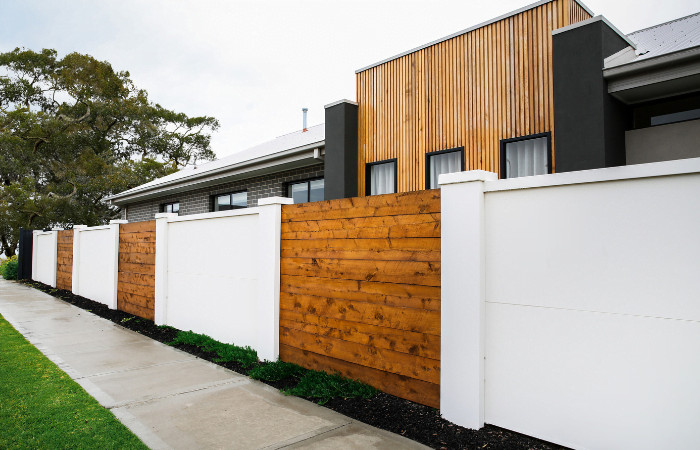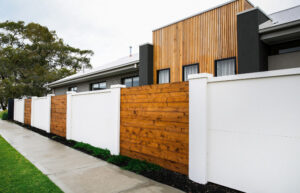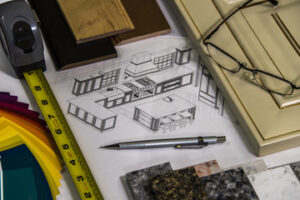Performing plumbing repair is essential to prevent water damage and maintain a healthy home. If you spot any problems, it’s important to call Plumber Shreveport immediately.
They can find the source of the problem and make repairs accordingly. This will help you save time and money in the long run.

Pipes can leak for a variety of reasons. Whether it’s due to age, vibration, water hammer, or even corrosion, in some cases, pipes can leak and cause serious damage to a home. The most important thing to remember when dealing with a leaky pipe is that it’s crucial to call a professional plumber as soon as possible in order to prevent extensive and costly damage. But in the meantime, there are some quick fixes you can do to minimize damage until a professional can take care of it.
First, try to catch the leaking water in a bucket or other container to minimize damage and keep yourself safe. If it’s not possible to do that, shut off the water supply valve closest to the leaky pipe and turn off any water appliances connected to it. It’s also a good idea to turn off any electricity flowing into or near the affected area, especially if you are working on a bathroom or kitchen pipe repair.
If you don’t have a bucket, try wrapping a piece of rubber hose around the leaking pipe to create a seal. This is a cheap and easy solution that works well in many cases. You can also use a pipe clamp, which is a metal sleeve with one to multiple fasteners that can be wrapped around a leaking pipe to hold it in place. These are readily available at most hardware stores.
Another great quick fix is a slip coupling, which can be used to connect two pieces of pipe together in a watertight fashion. It’s recommended to use a coupling that’s the same diameter and material as the existing pipe you are fixing. It’s a good idea to read the instructions on the package before installing, as there may be some specific steps you must follow in order to ensure the proper installation of the slip coupling.
While these tips are great for minimizing damage in the short-term, it’s always best to hire a professional plumber as soon as you can to make sure the problem is fixed correctly and thoroughly. If not properly repaired, leaky pipes can wreak havoc on the entire house in the long run. Warped and stained walls, invasive mold growth, flooding and poor water quality are just some of the many ways that a leaky pipe can cause significant problems that will end up costing you a fortune in repairs.
Clogged drains can be a major nuisance. They prevent water from flowing through the pipes, leading to slow drainage and sewage backups that can cause costly damage to your home and property. Often, these problems can be prevented by taking some simple precautions. For example, using drain strainers to catch hair and other debris, avoiding pouring grease down the drain and using a plumbing snake to break up and dislodge stubborn clogs can help.
The first thing you should do when you notice a clogged drain is to visually inspect the area. Take off the sink stopper and look down the drain to see if you can spot any obvious obstructions. If you can’t see anything, try removing the drain cover and looking inside. If you find an object blocking the drain, remove it as soon as possible. This can prevent a small problem from becoming a larger one.
If plunging or chemical drain cleaner doesn’t work, it might be time to call a plumber for professional help. But before you do, try these simple steps to resolve the clog yourself:
1. Pour boiling water down the drain. This will melt any problematic buildup and allow water to flow freely again. You may need to repeat this step a couple of times for the best results.
2. Unfold a paper clip or the small plastic hooks found in hardware stores to get at any hard debris that is stuck in the drain. This can be especially effective in toilets, where the clog may be caused by toilet paper or other items that can be difficult to reach.
3. If you have a pop-up drain stopper, take it off and clean it out. This can also be a good time to check the condition of your trap and pipe. Look for signs of corrosion or broken sections that need to be replaced.
4. If the previous methods don’t work, try using a wire drain snake. This can be a messy process, so it’s important to know what you’re doing before you start. Be careful not to push the clog further into the pipe by using a wire with force or pushing down on it with your fingers. If you’re not comfortable using a snake, or the clog is too serious, it’s time to call a plumber.
Your home’s sewer line runs underground from your house to the main sewer lines. It carries wastewater from all the drains in your home, including toilets, tubs, and showers. Unfortunately, your sewer line can get clogged with debris or break down completely and need to be replaced. There are several ways to repair a broken or damaged sewer line.
One method is called structural pipe lining. This trenchless technique involves inserting an epoxy-saturated felt sleeve or tube into your damaged sewer line. It is then inflated with air or water pressure to press against the existing pipe. The epoxy cures to form a strong, durable new pipe inside your old one. This is an affordable option for many homeowners.
Another popular sewer line repair is spray lining or brush coating. Similar to structural pipe lining, this method also uses an epoxy or flexible polymer that is sprayed or brushed onto the interior of your damaged pipe. It is quick and creates minimal disruption. This is an ideal solution for pipes that are heavily corroded or cracked.
Traditional sewer line replacement is also an option for those with older, crumbling clay pipes. This method works through two small access holes in your yard and replaces your entire sewer line with a brand new, durable pipe. It’s also a good choice for those who need to upgrade their existing sewer line from PVC or cast iron to a more environmentally friendly plastic.
It’s important to keep in mind that your sewer line is responsible for the waste from all the plumbing fixtures inside your home, so it needs to be kept free of clogs and breaks. Proper maintenance includes being mindful about what you flush down your drains (only human waste and toilet paper should be used) and keeping trees away from your sewer line, as they can cause extensive damage.
While some drain cleaning and maintenance can be done by a handy homeowner, sewer line repairs should only be performed by licensed plumbers. Trying to do it yourself can lead to continued clogs, backups and even damage your plumbing system.
Water heaters are a common source of plumbing problems. Some can be fixed at home, while others may require professional attention and a full replacement of the unit. In the meantime, there are some steps that can be taken to avoid costly or dangerous problems.
If you have a gas water heater, check the pilot light to ensure that it is still lit. If the flame is out, relight it with a lighter or match and allow it to burn for a while. Make sure the water heater is in a well-ventilated area and that it has an emergency shut off valve connected to it, in case the pilot light goes out again.
A gas water heater should also have a drain tube that carries away the excess water that leaks from the pressure relief valve and other parts of the tank. This should lead to a metal or PVC pipe that runs outside the house and ends within 6 inches of the ground, in order to prevent flooding. If the drain tube or hot and cold water inlet pipes become loose or disconnected from the tank, this can also cause water to leak. These pipes are easy to fix with a wrench, but it is best to call in a professional plumber if they are loose or disconnected from the tank, to avoid further damage.
In addition to the drain tube, the water heater should have a temperature and pressure relief valve at both the bottom and top of the unit. This should be tested periodically to make sure it is working properly and that it does not overflow. It is important to have this tested every time you drain the water heater, since sediment can build up in the tank and cause it to overheat and burst.
Finally, a sturdy water heater pan should be placed beneath the unit in indoor environments to catch any water that leaks out of the tank or from the pressure relief valve. This is especially important in homes with children, who may be tempted to play with the dripping water.



 A wire mesh boundary wall is a versatile fencing solution that creates barriers and defines boundaries around various spaces. It can protect residential properties from intruders and unwanted wildlife and provide privacy and security for homeowners. It is also commonly used to protect outdoor spaces, such as gardens and pools, from pests and unauthorized access. In addition, it can be used to contain pets and livestock in a safe and secure environment.
A wire mesh boundary wall is a versatile fencing solution that creates barriers and defines boundaries around various spaces. It can protect residential properties from intruders and unwanted wildlife and provide privacy and security for homeowners. It is also commonly used to protect outdoor spaces, such as gardens and pools, from pests and unauthorized access. In addition, it can be used to contain pets and livestock in a safe and secure environment.
 Space
Space